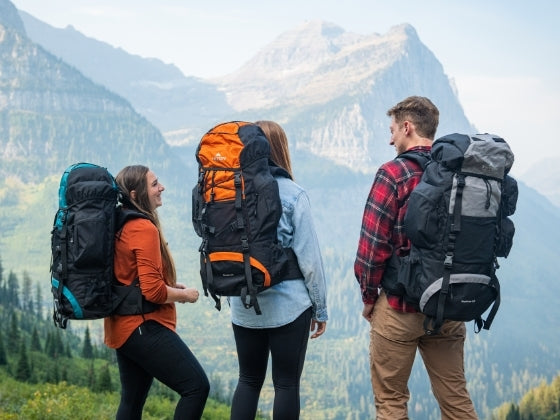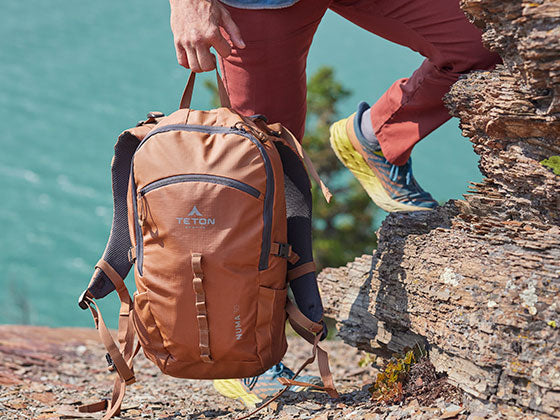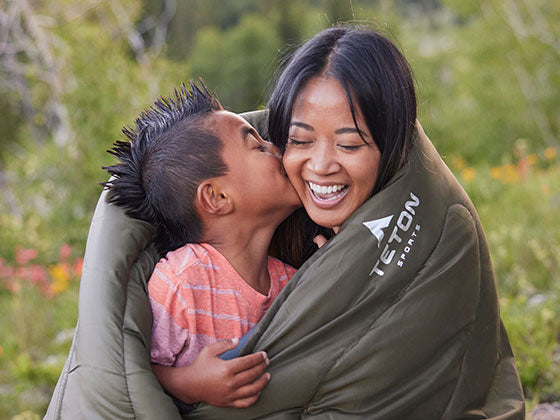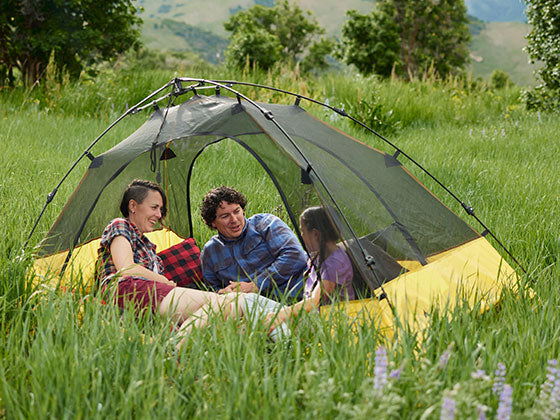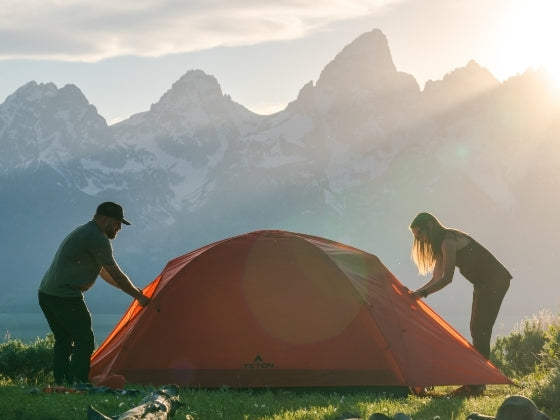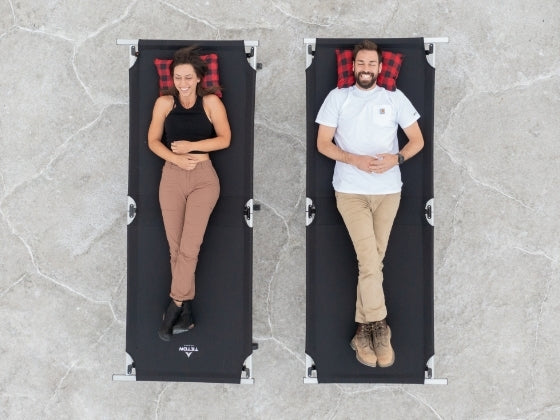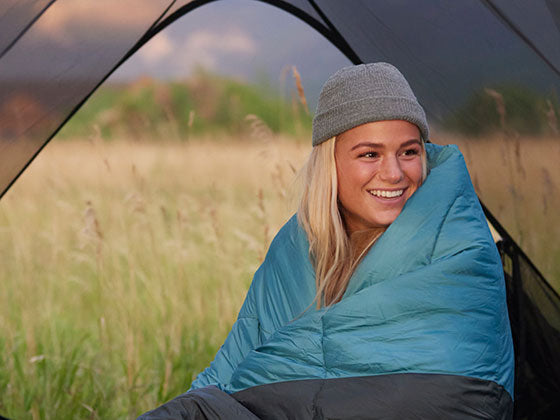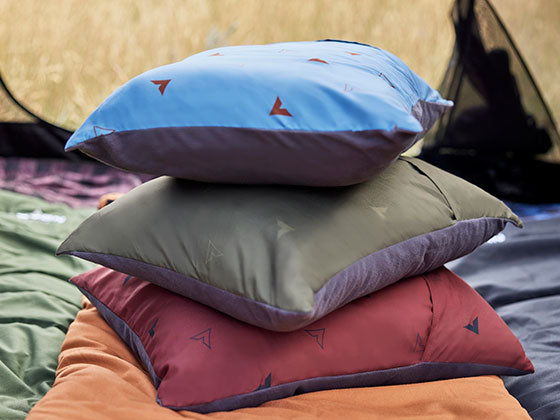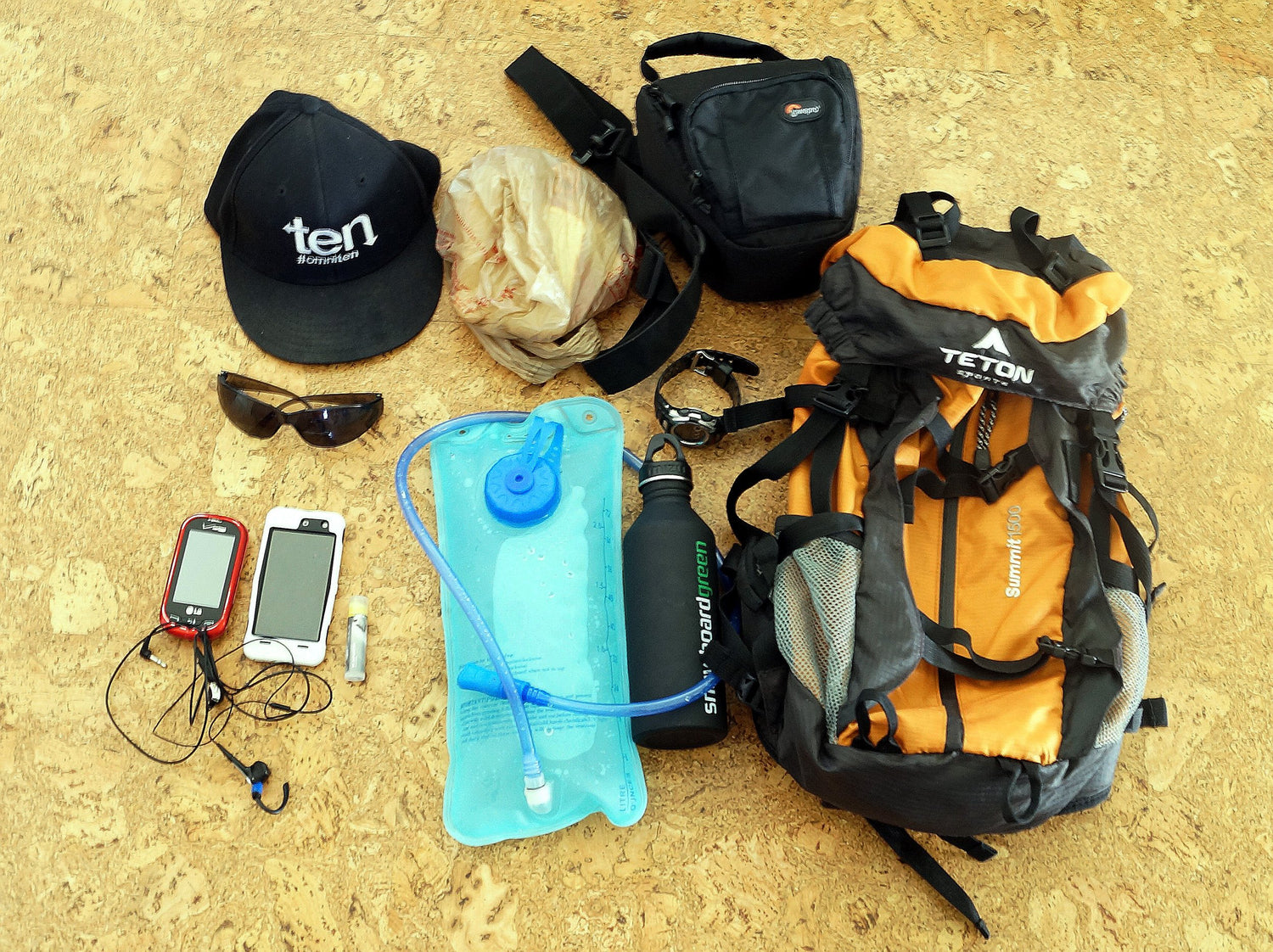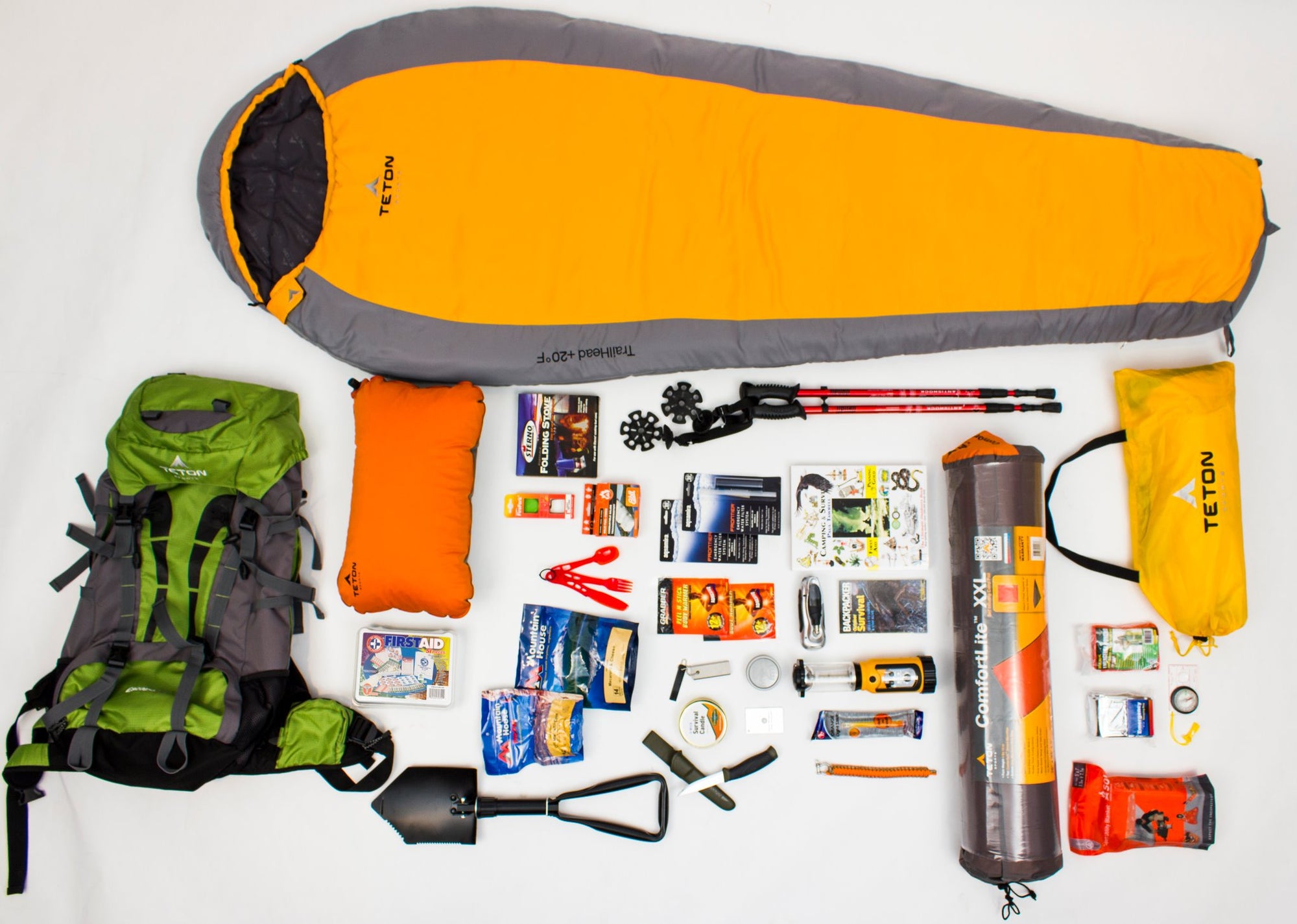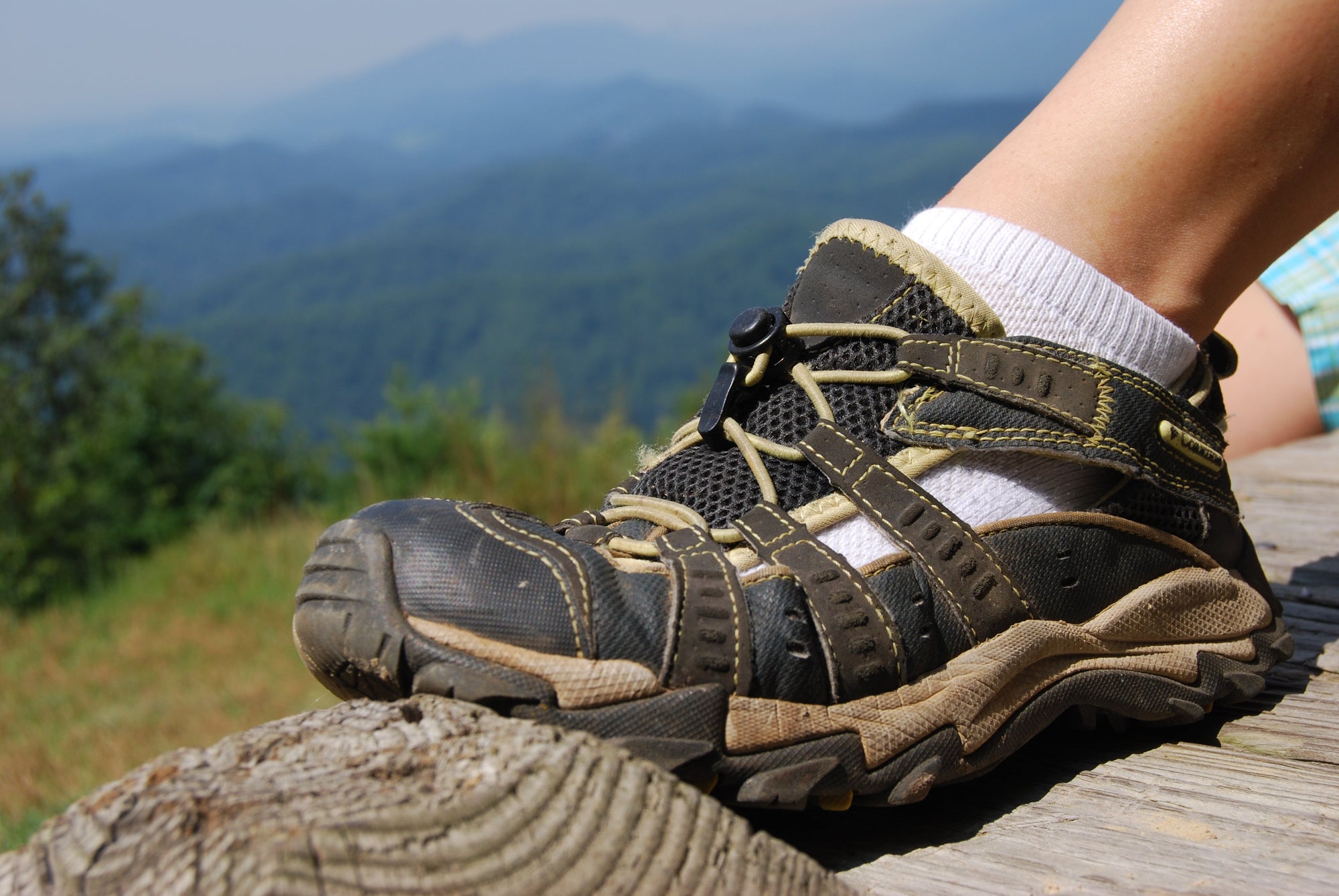What to bring on a day hike. Day hikes are the shortest variety of hikes that we do. They require minimum gear and only, at most, a day to complete - sans, why they call it a “day” hike. What to bring though? Since you aren’t taking down the up and back Grand Canyon trail, the route in the Narrows, or hiking day after day; do you really need the same gear? The short answer is yes. The long answer is, well not really.
What you need to bring: - 25 Liter pack - Enough water - Food/snacks - Phone - Sunglasses - Chapstick - Sunscreen (apply before you leave the house) - By suggestion (Thanks @greglong_13) a small first aid kit, somewhere in the 35 pcs kit range. Optional items: - MP3 player - Hat - Watch - Camera Going down this list of items, everything that you bring should fit into a 25 liter pack. I always snag the Summit1500 because it’s lightweight, small enough that you won’t even feel it there, and just big enough to fit all of the essentials. The number one priority whether it’s a day hike or a multi-day sufferfest, is to bring enough water.For more details on how much water to bring check the link.
Food and snacks might not be a high priority with everyone but for me, why not hang out at the top of the hike and eat a lunch. Taking in a view from a few thousand feet above a city or sitting near a lake is a moment you can’t artificially replicate. Also, when hiking muscle cramps can become an issue. So a salty snack like peanuts, crackers, trail mix bar, etc are all good options. I am a big sandwich guy, but avoid using mayonnaise and keep my sandwiches simple. It’ll help refuel you but not mess up your stomach. Bringing a phone is a just in-case measure. Who better to call in that you twisted your ankle and you need help, than yourself? The sun can get pretty intense, and if you are gaining elevation becomes more intense as you get higher. Sunglasses are a must, not just a want anymore, not because of what the sun can do by itself but it can also reflect off of water and even rock. Granite in particular reflects the sun’s rays and can damage your eyes. Protect your eyes as you would protect your skin. Chapstick and sunscreen go together here. Nothing is worse than having extremely chapped lips and/or burned skin. It’s a terrible feeling that is easily avoidable. Note: when shopping for chapsticks grab the stick with an SPF rating. Getting into the optional items, I tend to hike quite a bit by myself so I like to hike with earbuds and music. To make it safer to do so, and remain aware of your surroundings avoid listening to music at high volume and what I like to do is keep one earbud in as I take the other out. For the people who have a skin condition and are weak to the UV rays from the sun, a hat is an easy way to protect your head, neck, ears, and nose. They might not be the most fashionable hats in the world, but who cares. The wide circle brims will make sure that you have constant shade while hiking, even in the desert where shade is scarce. I always wear a watch with everything that I do. I like having one because it helps me keep track of my pace and if need be, knowing that I need to move a bit faster. For day hikes, it’s more a fitness thing though than safety, because yes I do like to push myself on hikes and make faster times. Finally, a camera: point & shoot, GoPro, DSLR – whatever your preference, I would bring one. You never know what you will come across while out there, and could be totally Facebook worthy. So there’s my list of things that I bring when I go on a day hike. Remember, the most important thing is less weight, and enough water. Everything else can be extras really, when compared to the importance of having water. I’ve seen way too many people start a hike at the hottest part of the day with no water. Don’t be a fool. You’ll need it.
And as always, here at TETON Sports we want to make sure that you practice Leave No Trace principles while out there on the trail. - Plan Ahead and Prepare - Travel and Camp on Durable Surfaces - Dispose of Waste Properly - Leave What You Find - Minimize Campfire Impacts - Respect Wildlife - Be Considerate of Other Visitors

